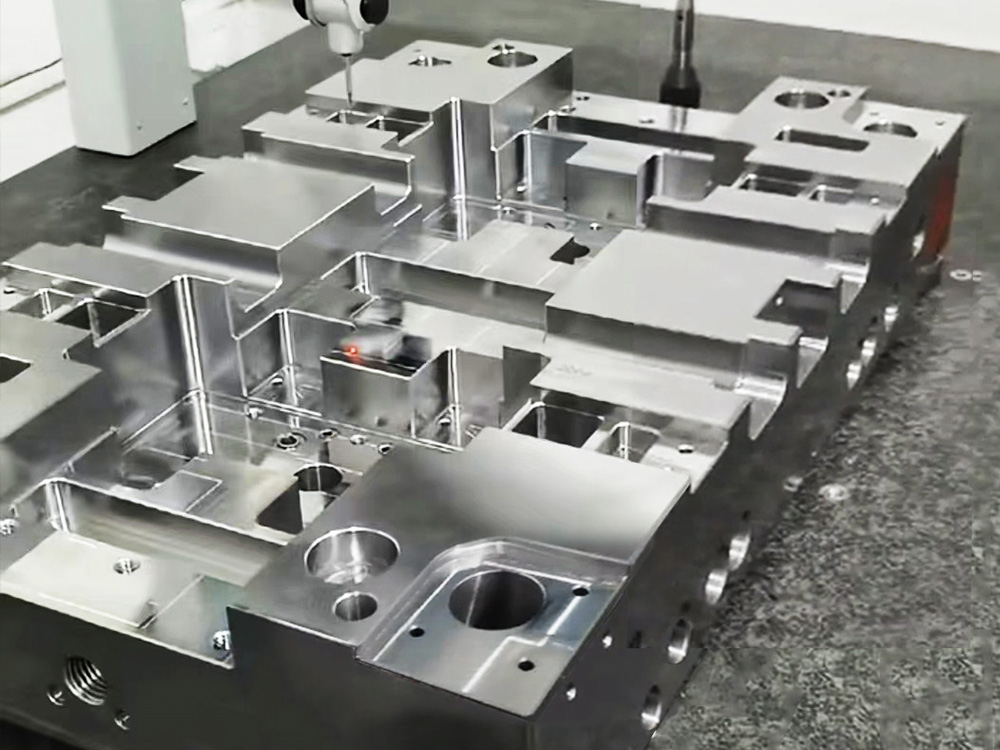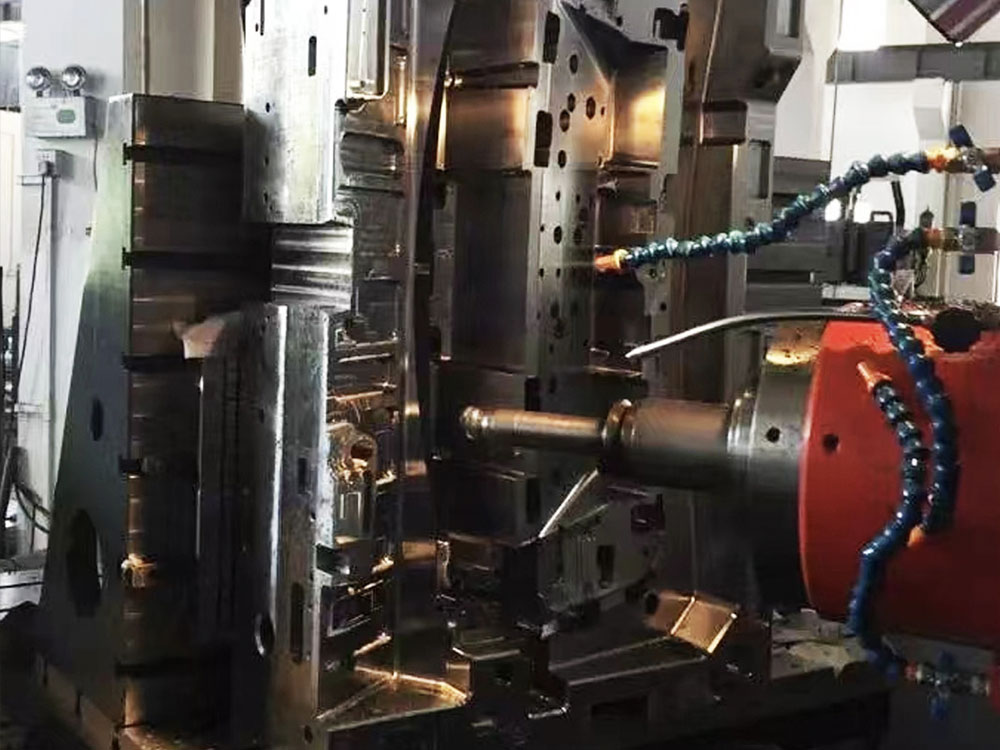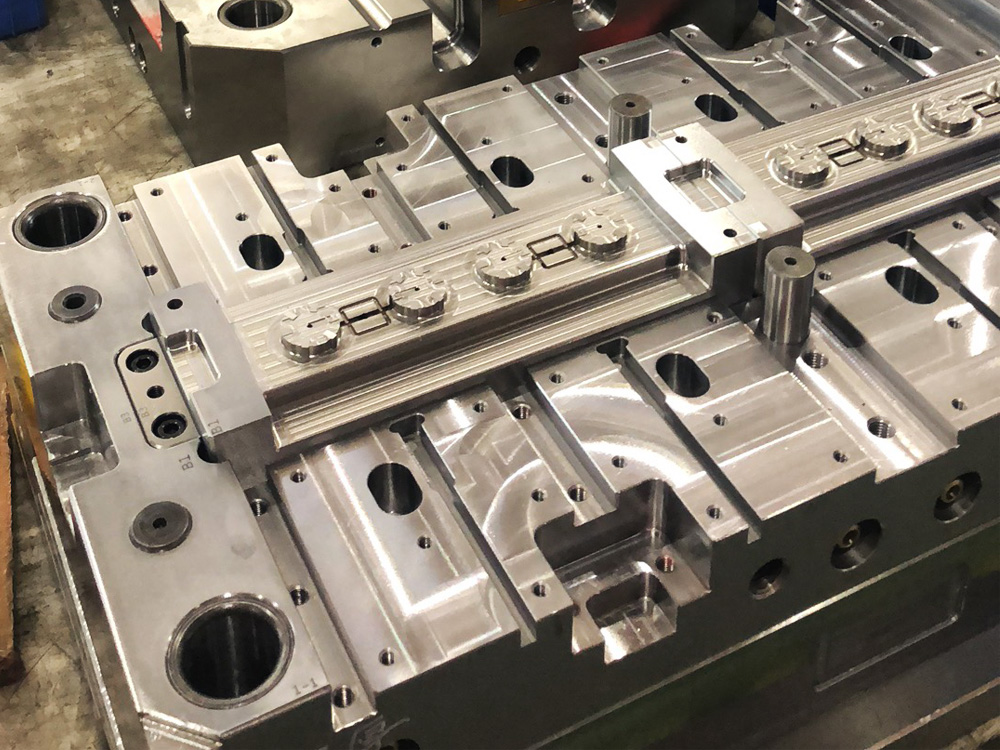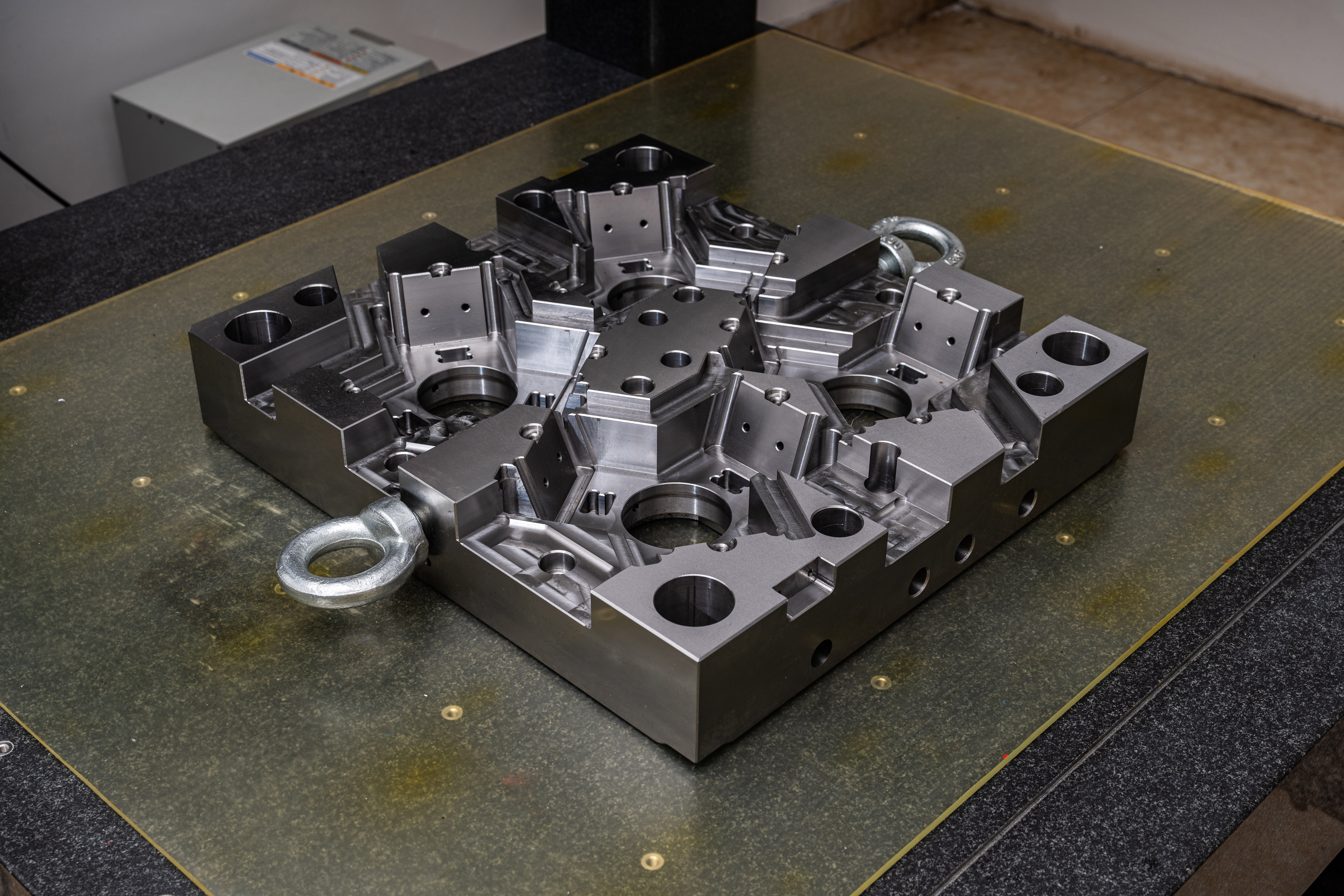Calculation of Horizontal Bars in a Support Bracket in the Mold Base Industry
In the mold base industry, support brackets are essential components that provide stability and strength to the mold. Horizontal bars in these support brackets play a crucial role in distributing the weight and ensuring proper support. Calculating the quantity of horizontal bars in a support bracket requires precision and careful consideration. In this article, we will guide you on how to calculate the correct quantity of horizontal bars for a support bracket.
Step 1: Determine the Load Capacity
The first step in calculating the quantity of horizontal bars is to determine the load capacity of the support bracket. This can be done by considering the weight of the mold and any additional loads it may experience during operation.
By analyzing the characteristics of the mold, such as its size, weight, and the materials used, you can estimate the load capacity required for the support bracket. It is essential to consider potential variations in loading conditions to ensure proper support under all circumstances.
Step 2: Select the Material for Horizontal Bars
The selection of the material for horizontal bars depends on the load capacity determined in the previous step. High-strength materials such as steel are commonly used due to their excellent load-bearing capabilities.
The material's strength and stiffness should be carefully evaluated to ensure that it can withstand the anticipated loads without deformation or failure. Consulting with material experts or referring to industry standards can help guide the material selection process.
Step 3: Determine the Required Cross-Sectional Area
Once the material for the horizontal bars is determined, the next step is to calculate the required cross-sectional area. This calculation is crucial as it ensures that the horizontal bars have adequate strength to support the load.
The required cross-sectional area can be determined using engineering formulas that consider factors such as the material's tensile strength, yield strength, and safety factor. These calculations should be performed following recognized engineering principles to ensure accuracy.
Step 4: Calculate the Quantity of Horizontal Bars
To calculate the quantity of horizontal bars required for a support bracket, the total load capacity must be divided by the load-bearing capacity of a single horizontal bar. This calculation ensures an even distribution of the load among the bars, preventing any individual bar from being overloaded.
The load-bearing capacity of a single horizontal bar can be calculated by dividing the required cross-sectional area by the cross-sectional area of a single bar. This calculation provides the maximum load that a single bar can sustain without exceeding its stress or strength limits.
Finally, dividing the total load capacity by the load-bearing capacity of a single bar gives the required quantity of horizontal bars for the support bracket.
Conclusion
Calculating the quantity of horizontal bars in a support bracket is a critical process in the mold base industry. By considering the load capacity, selecting the appropriate material, determining the required cross-sectional area, and performing accurate calculations, engineers can ensure the support bracket offers sufficient strength and stability. This article has provided a step-by-step guide to help professionals in the mold base industry accurately calculate the correct quantity of horizontal bars for support brackets.




